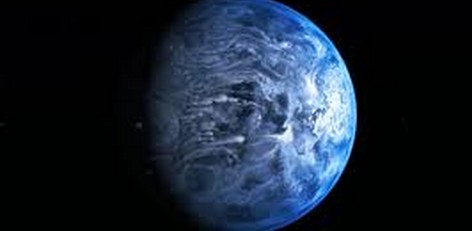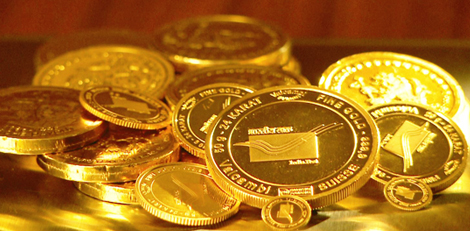The Hubble Space Telescope has determined the true colour of an alien planet
Posted on: 13/Jul/2013 1:02:16 PM

Hubble Space Telescope is used by astronomers at NASA/ESA. The Hubble Space Telescope has determined the true colour of an alien planet for the first time - a dazzling blue.The planet, known as HD 189733b, is a deep cobalt blue, much like Earth.But that`s where the similarities end.
The planet is a huge gas giant orbiting very close to its host star and its atmosphere is scorching, with a temperature of over 1,000 degrees Celsius.It also rains glass - sideways - in howling 7,000 kilometre-per-hour winds.At a distance of 63 light-years from us, this turbulent alien world is one of the nearest exoplanets to Earth that can be seen crossing the face of its star.
It has been intensively studied by Hubble and other telescopes and its atmosphere has been found to be dramatically changeable and exotic, with hazes and violent flares.HD 189733b belongs to a class of planets known as `hot Jupiters`. These massive planets are similar in size to the gas giants in the Solar System, but instead lie very close to their parent star.
It is this size and proximity to their star make them perfect subjects for exoplanet hunting.Scientists know that hot Jupiters are numerous throughout the universe and as we do not have one close to home in our own Solar System, studies of planets like HD 189733b are important to help them understand these dramatic objects.







